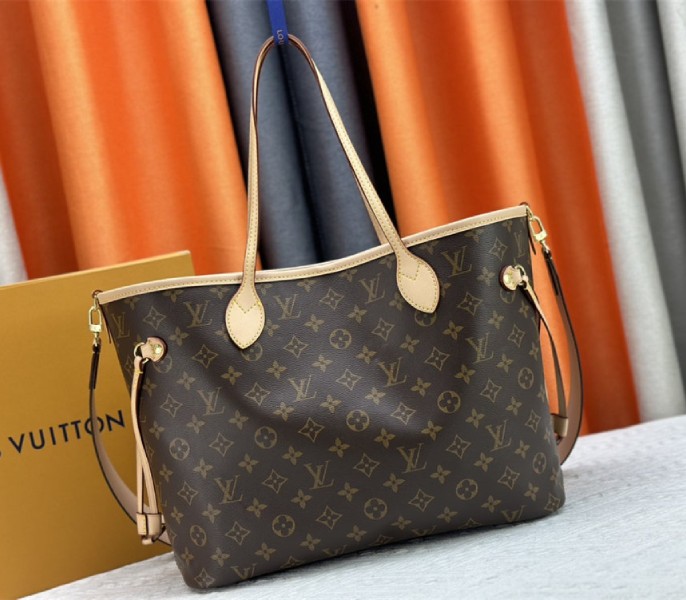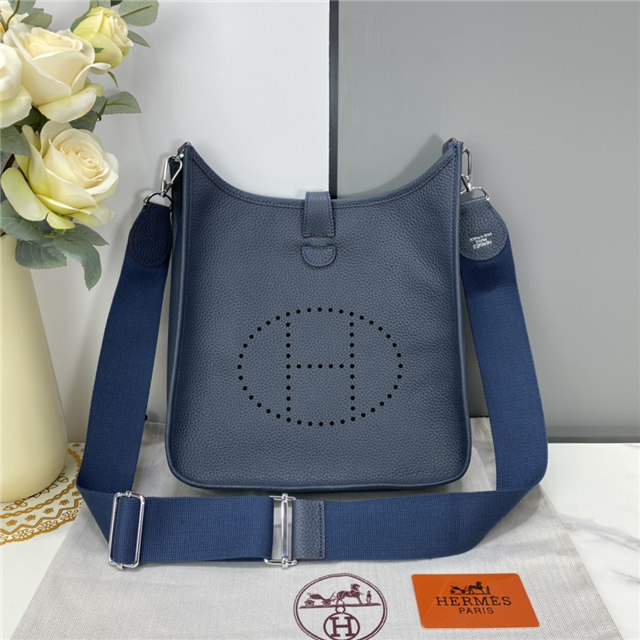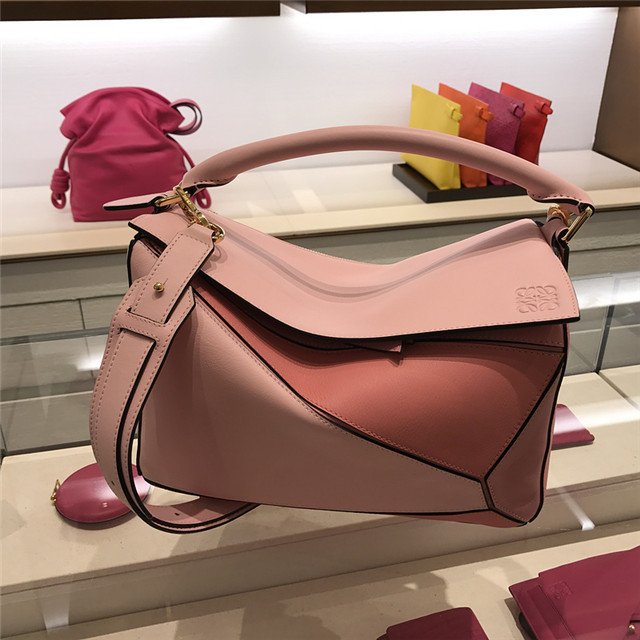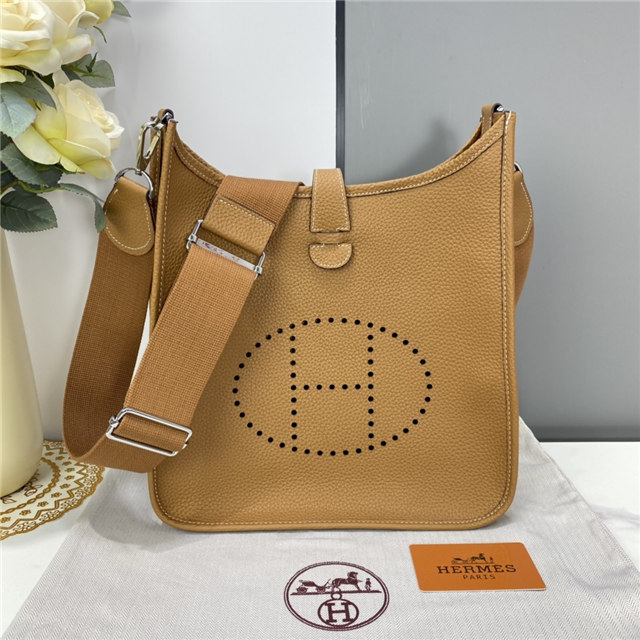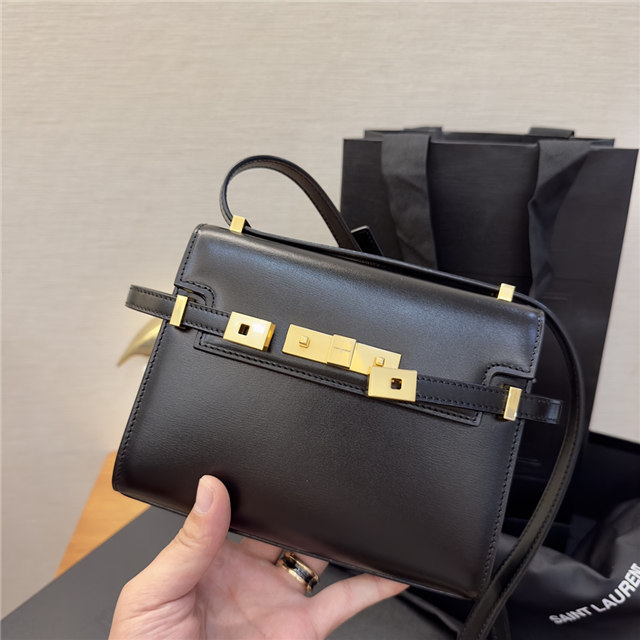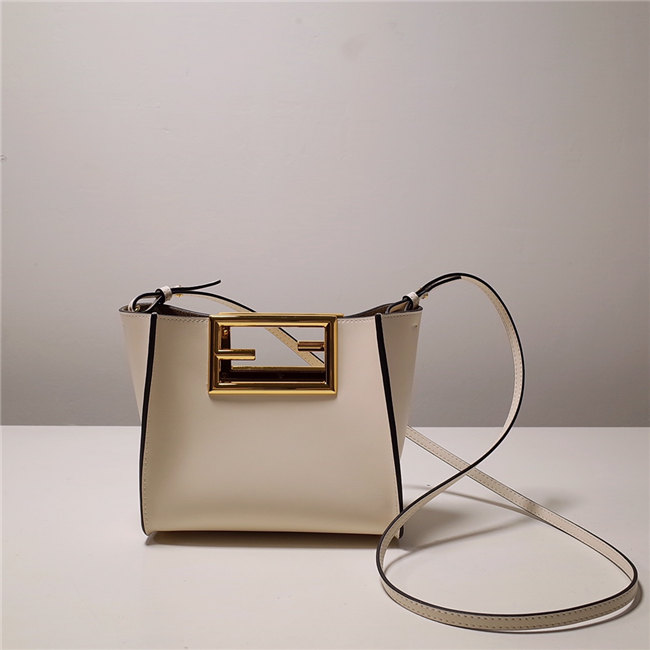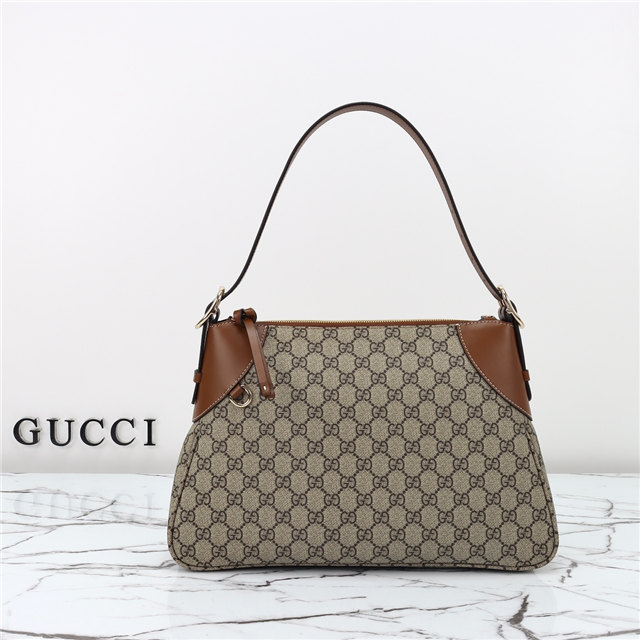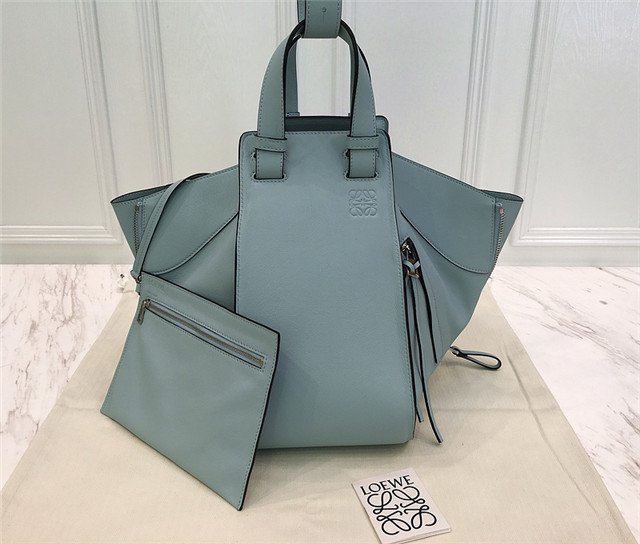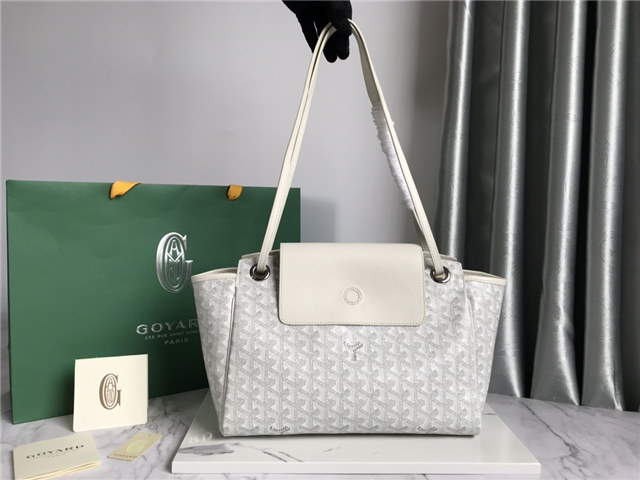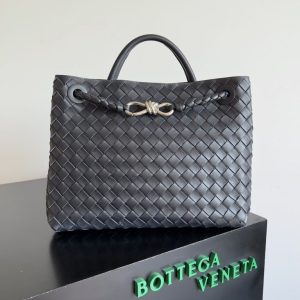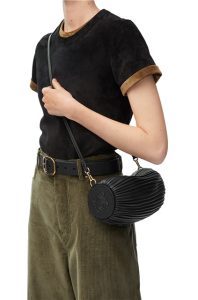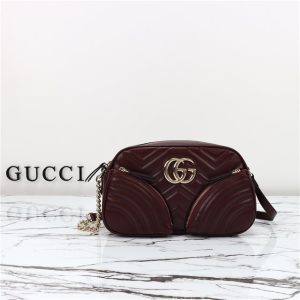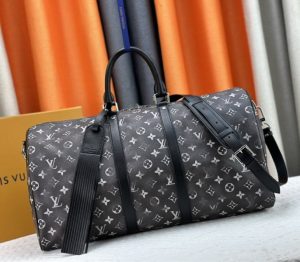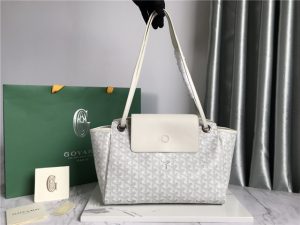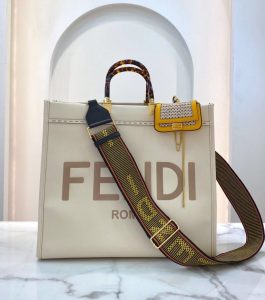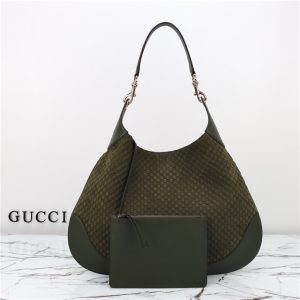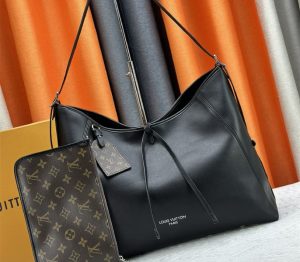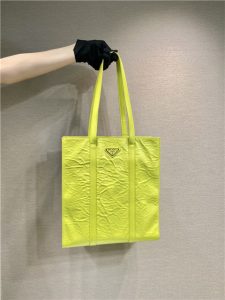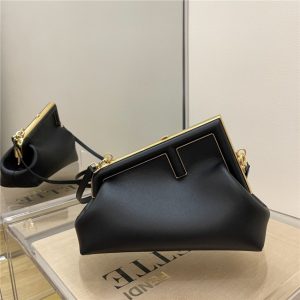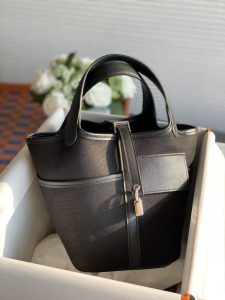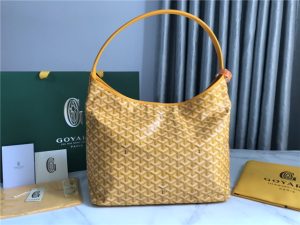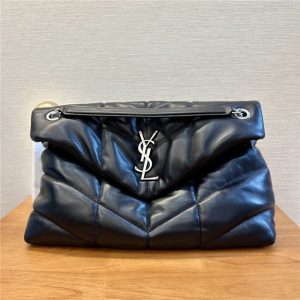Okay, so I’ve been seeing a lot of chatter online lately. People freaking out about whether their Casio F-91W (you know, the classic, cheap-as-chips digital watch) is actually, like, *fake*. I’m not gonna lie, my initial reaction was a solid “WTF?” Like, who in their right mind is gonna bother counterfeiting a watch that costs, what, 20 bucks new? Seems like a massive waste of time, right?
But then I started digging around a bit (thanks, internet!) and, well, it turns out it *is* a thing. A real, actual, bonafide fake Casio epidemic. And I’m still scratching my head, but I think I’m starting to understand the… uh… *logic* behind it. Or at least, the warped, slightly insane logic.
First off, we gotta remember the sheer volume of F-91Ws (and similar cheap Casios like the A158 and Edifice models) floating around. They’re *everywhere*. They’re the cockroach of the watch world – in a good way! They’re reliable, tough, and practically disposable. And THAT’S the key. Because when you’re selling millions of anything, even if you’re only making a tiny profit per unit, it adds up. Quick.
So, picture this: you’re some shady character running a factory churning out… I dunno… dodgy phone chargers or something. You’ve already got the equipment, the cheap labor, the distribution network. Slapping the Casio logo onto a slightly-less-reliable, even-cheaper-to-make version of the F-91W? Probably not that hard.
Now, each fake watch might only net you, say, a dollar profit. But sell a few thousand of ’em? Suddenly, you’re talking real money. It’s like that scene in Office Space with the fractions of pennies. Except instead of pennies, it’s cheap digital watches.
And here’s the thing: people *are* buying them. Maybe they’re intentionally buying fakes because they’re even cheaper (which, like, come on, how much cheaper can you *get*?!), or maybe they’re just getting scammed. The fact is, demand exists. And where there’s demand, there’s someone willing to supply (usually in the most ethically questionable way possible).
I think another factor is that for some people, the brand name *does* matter, even if the watch is dirt cheap. Wearing a “Casio” – real or fake – gives off a certain vibe. It’s like saying, “Yeah, I appreciate a good, functional watch. I’m not gonna drop a grand on some fancy Swiss timepiece.” It’s an understated statement. And even a fake gives you that vibe.
Plus, let’s be honest, some people are just looking for a bargain. They see a Casio for, say, 10 bucks online and think they’re getting a steal. They don’t even *consider* the possibility that it might be a knockoff. Naiveté, my friends, is a powerful motivator for the counterfeit industry.
Honestly, it’s also just kinda funny? I mean, faking a Rolex? Sure, I get it. But a Casio F-91W? It’s almost… admirable in its ridiculousness. Like, the sheer audacity of someone thinking they can make a killing by counterfeiting a watch that’s basically a commodity.
Anyway, point is, fake Casios are a thing. And while it might seem absurd, there’s a messed-up logic to it. So, if you’re buying a Casio online, especially from a shady source, do your homework. Check the details, compare it to legit photos, and if the price seems too good to be true, it probably is.

